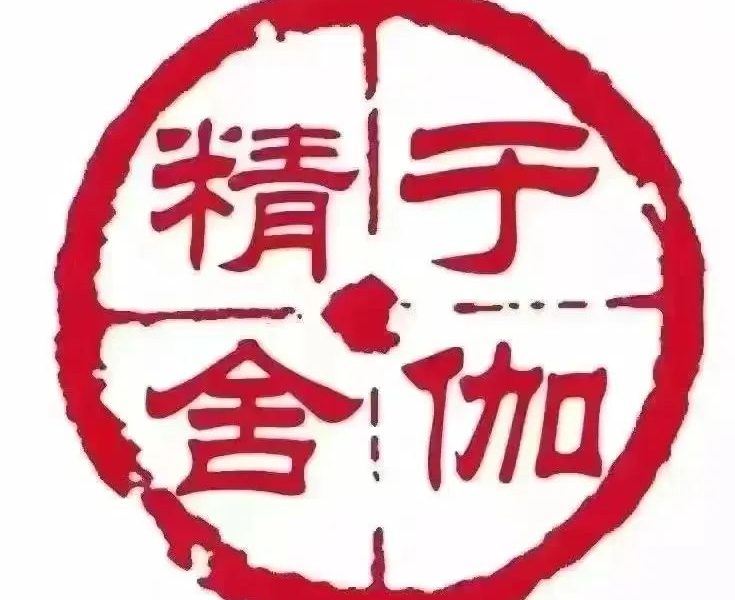Stamp the blue words on it and pay attention to us! 9 simple and easy to learn squatting posture! At the beginning of squatting, you can start with zero equipment.
If you want to increase the intensity after a long time of practice, you can use sports equipment to assist.
Be sure to step by step and avoid going to heaven step by step.
1.
Squat against the wall.
As the name suggests, find a wall and keep the squatting position.
Keep your legs away from the wall so that your thighs are parallel to the ground.
Make sure the back is upright and the whole back is completely attached to the wall.
This action is very good for the recovery of knee joint.
2.
Gobletsquat Kettlebell squat: grab a Kettlebell and do a squat.
If there is no Kettlebell, you can also use other weights instead.
Open your feet a little, outside eight.
Ensure that the soles of your feet are firmly tied to the ground during squatting, and do not lift your heels or lean back.
Keep your back straight as you squat.
Squat as deep as possible, with your thighs parallel to the ground.
3.
Unevensquat unbalanced ground squat this squat practice is very helpful to balance and improve one hip and leg.
With one leg higher than the other, one leg can step on a box, barbell or pedal.
Squatting in this position is the same as squatting with bare hands.
4.
Squatjumps squat jump is a very good advanced training! It’s a very good cardiopulmonary training! Squat down and jump as high as you can.
Squat during landing.
It can be calculated not according to the number of actions, but according to the time, such as squatting and jumping for 30 seconds.
5.
Monkey square monkey squat this is a very interesting squat ~ it stimulates the back of your thighs and hips well.
It will be difficult for those with poor flexibility to do this action.
Squat down, grab your ankles or toes, get up, and repeat.
6.
Sumo squatjump sumo squat jump is the same as ordinary squat jump, except that the initial action is changed to sumo style.
This kind of jump is a bit like “hop like”, and the jump height is lower than that of ordinary squat jump.
7.
1 / 2squats semi squat (shallow squat) semi squat is very good as an auxiliary training after deep squat training.
Can be used as a novice to try the start of squatting.
In fact, this is squatting, but it didn’t squat to the end.
Half squats are often used for the last few or static exercises after a group of exercises.
(Note: in other words, in the process of squatting, if you really have no strength in the last few and can’t squat down, you can half squat.
Always remember that if you want to squat down, please “deep” squat.
Half squat can only be regarded as a kind of opportunistic training) 8.
Square hold squat is static, which is similar to squatting against the wall, but you don’t lean against the wall and keep this position as long as you can.
It’s a static training.
(actually, it’s similar to China’s zhamabu.) Straighten your back, look up and look ahead.
9.
Forward wall square squats 1 inch (2.5cm) away from the inner wall of the foot, looks straight ahead, and then squats down.
You will soon find that this action is a challenge to your balance ability.
Make sure your feet are firmly tied to the ground and don’t fall backward.
Holding a heavy object helps maintain balance.
After you’ve read it, you can watch it before you go 👍。.

